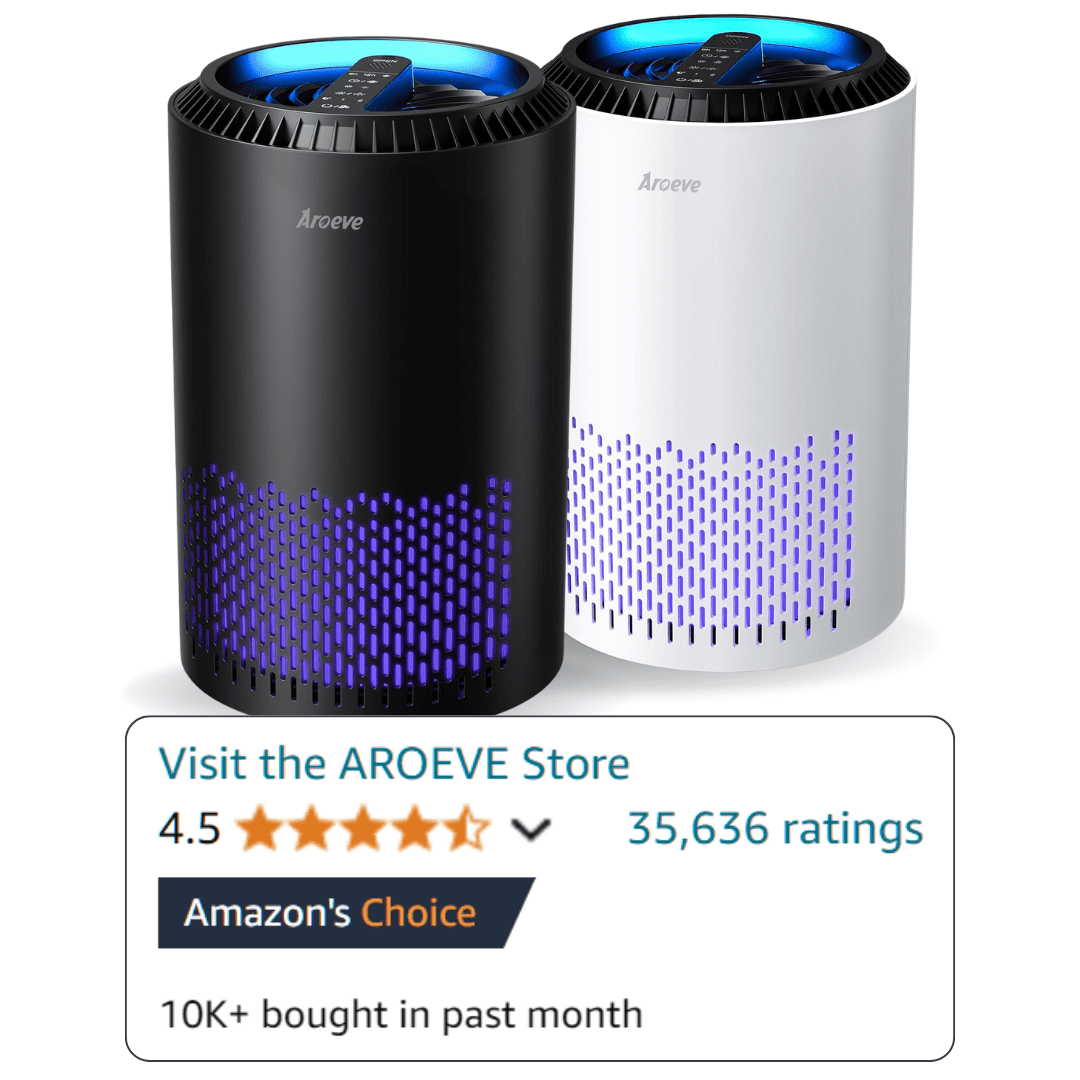What Are VOCs and Why Should You Care?
Volatile Organic Compounds (VOCs) are harmful chemicals that evaporate into the air from everyday products like paint, furniture, and cleaning supplies. Common VOCs include formaldehyde, benzene, and xylene. Breathing these toxins can cause headaches, dizziness, and even long-term health problems like respiratory diseases.
Short Answer: “VOCs are toxic gases released from household products like paint and cleaners. They can cause headaches, allergies, and serious health issues with long-term exposure.”
How Do Plants Remove VOCs? (The Science Explained)
Plants clean the air through a process called phytoremediation.
Their leaves and roots absorb VOCs, which are then broken down by soil microbes. NASA’s Clean Air Study proved certain plants can remove up to 87% of toxins in 24 hours.
However, plants alone aren’t enough. Pair them with good ventilation for best results.
Top 7 Houseplants That Absorb VOCs (Ranked by Effectiveness)
1. Dracaena Trifasciata (Snake Plant)
Best for: Formaldehyde, benzene (common in detergents and plastics).
Care: Thrives in low light; water every 2–3 weeks. Perfect for bedrooms.
2. Common Ivy (Hedera Helix)
Best for: Mold and airborne fecal particles (great for bathrooms).
Care: Prefers moderate light; let soil dry between waterings.
3. Peace Lily (Spathiphyllum)
Best for: Ammonia (found in window cleaners) and acetone.
Care: Keep soil moist; blooms best in humid areas like kitchens.
4. Rubber Fig (Ficus Elastica)
Best for: Formaldehyde (released from carpets and furniture).
Care: Needs bright, indirect light; wipe leaves monthly.
5. Lucky Bamboo
Best for: Benzene and trichloroethylene (in inks and dyes).
Care: Grow in water; change it every 2 weeks.
6. Dracaena Fragrans (Corn Plant)
Best for: Xylene and toluene (from adhesives and nail polish).
Care: Water sparingly; toxic to pets.
Do Plants Really Remove VOCs? (Debunking Myths)
While NASA’s study showed plants can filter air, real-world results vary. Labs used sealed chambers, but homes have drafts and open spaces. For a 200 sq. ft. room, you’d need 15–20 plants to match the study’s effects. Pair plants with EPA-recommended air purifiers for better results.
How to Maximize VOC Removal with Plants
- Cluster plants near pollution sources (e.g., printers or new furniture).
- Use well-draining pots to prevent mold from overwatering.
- Rotate plants occasionally for even light exposure.
Other Natural Ways to Reduce Indoor VOCs
Boost your plant’s power with:
- Activated charcoal: Place near vents to absorb odors.
- Beeswax candles: Burn to neutralize toxins (unlike paraffin candles).
- Explore plants that remove toxins from water for holistic purification.
FAQs About Plants and VOCs
Do plants remove VOCs?
Yes! Studies show plants like snake plants and peace lilies absorb toxins, but they work best with other methods like ventilation.
Which plant removes the most formaldehyde?
Peace lilies and rubber figs are top performers against formaldehyde.
How many plants do I need to clean air?
Aim for 1 plant per 100 sq. ft. for noticeable effects.
Final Tips for Healthier Indoor Air
Start with 2–3 VOC-absorbing plants like snake plants or ivy, and place them where you spend the most time.
For more on toxin-fighting plants, see our guide on plants that remove formaldehyde.
Remember: cleaner air means better sleep, focus, and long-term health!



